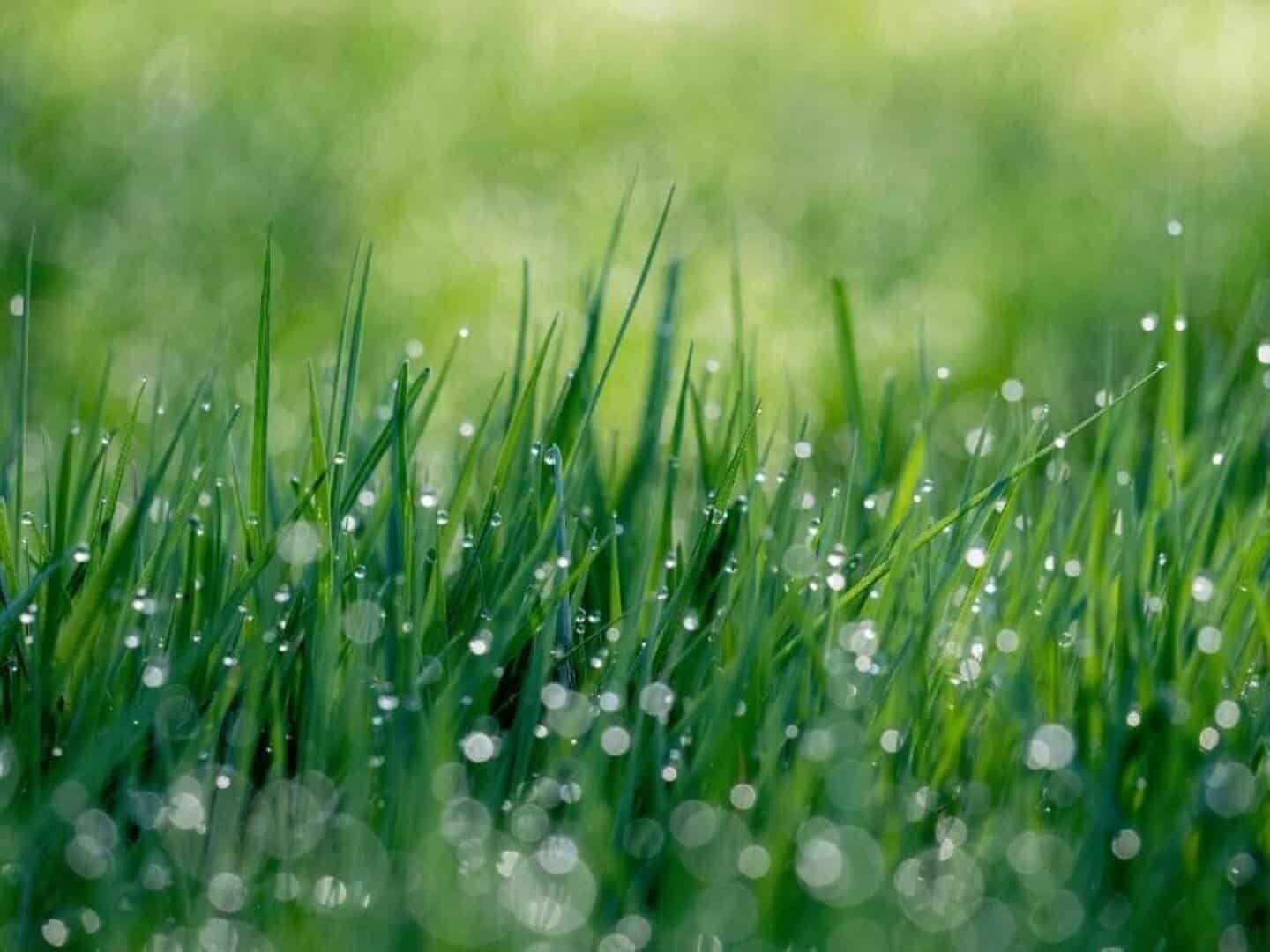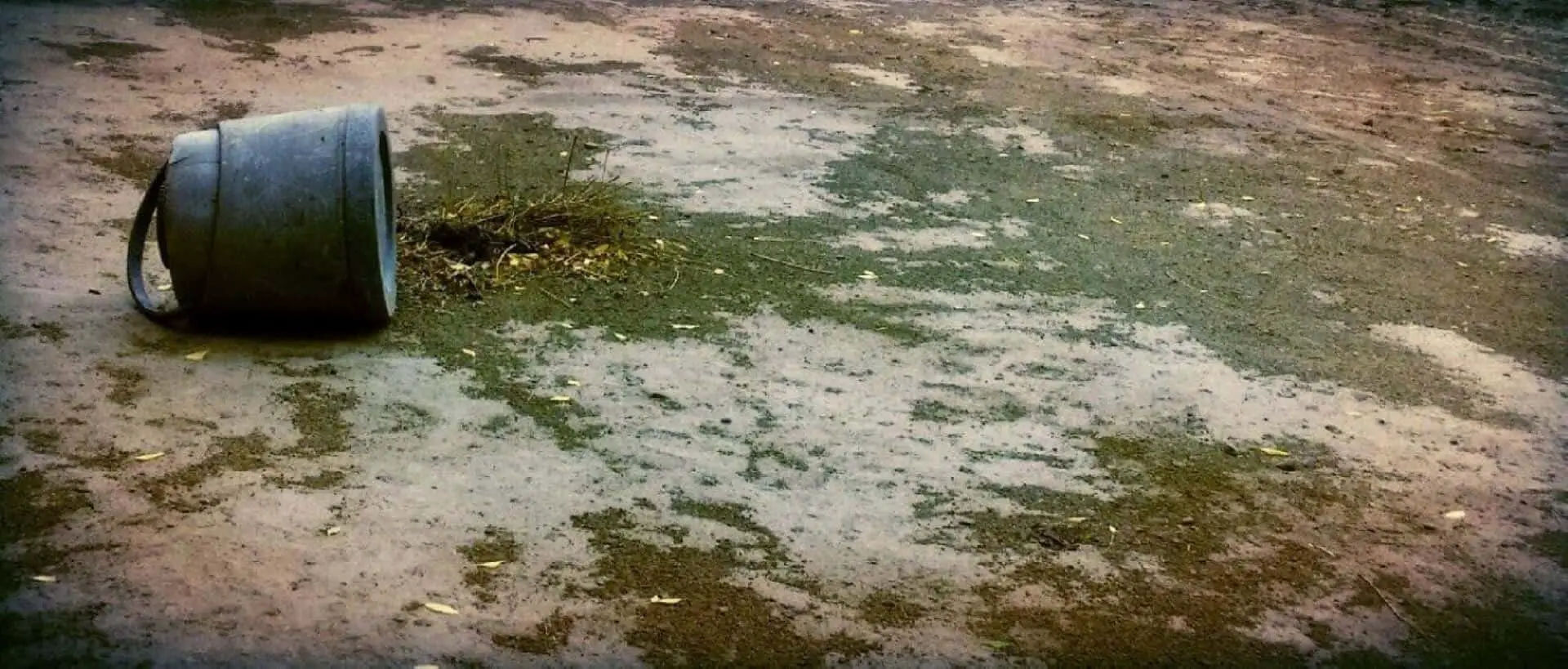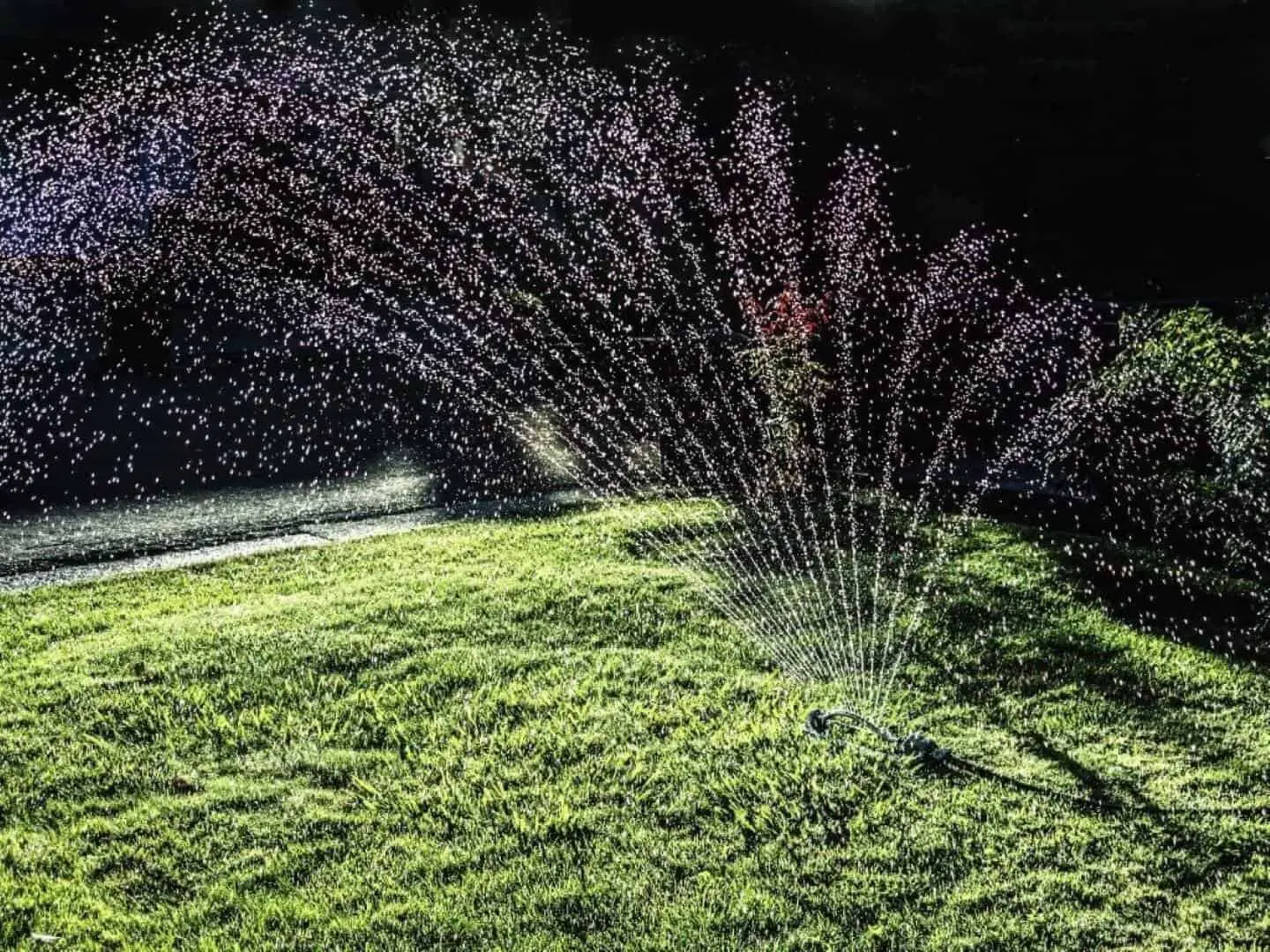Having a whole, fertile, and healthy lawn that’s the envy of the entire neighborhood is the dream, you know? However, terrible watering practices could be the reason why you don’t have a lush green lawn. Did you know that horrible watering practices are the #1 reason most new grass seeds aren’t viable, having lower chances of growth and development?
Yes, enough water is essential for any plant, especially new grass sprouts. However, you need to ensure adequate moisture levels without adding a ton of water to the soil. So, well, without further ado, let’s dig into the best ways in which you can water your new lawn to keep it full and fertile to make others green with envy.
How to Water New Grass Seeds Correctly
What happens when you water grass seeds with excess water? Will each type of seed require different care routines and water levels? You might have these questions. Therefore, the following tips will help guide you during several lifecycle stages of the seed’s growth.

Tip #1: Before Planting
Up until seed germination and the establishment of roots, the requirements for new grass seeds are similar. The first thing you need to do is water the soil. A moist soil provides the ideal soil conditions for the seed to germinate.
When watering your seeding area, you must mind the different soil depths where your moisture should be concentrated. Ideally, the seed should rest some 6 to 8 inches beneath the ground. Hence, water levels should be similar. So, when planting, you can place the seed beneath 6 inches of soil, and cover it, then add a little water. This will significantly influence the seed germination time.
To avoid overwatering the soil, here’s a simple trick that will help determine if the soil moisture level is perfect. Use a screwdriver to penetrate the ground. If it goes in quickly, without too much effort, then the soil is moist enough.
You can achieve the required level of moistness by watering the ground once a day. Do this for about three days before you plant the seed, and with this consistent water schedule, you should have moist enough soil when you’re ready to plant. One thing is clear, though; you will need more than 1 inch of water per week.
Tip #2 – Immediately after Planting
With the soil being moist enough, the seed can be planted and can start to germinate. You will, however, need to water it straight away to get this process started. While the soil should be moist enough to enable germination, you still need water to make sure the soil is loose enough.
Gently water the soil around the seed for about 5-10 minutes after planting to make this happen. Your seed should germinate and grow, but you will still need to supply water to facilitate this. It is also very important to note that, should the seed become dry at any point after planting, it could affect the early stages of its growth. In extreme conditions, the seed will die.
Tip #3 – Post Planting
Once you have planted the seeds successfully, then your watering routine becomes slightly different. You will need to water the grass seeds at least two or three times a day to help them germinate. Early mornings and late afternoons or evenings are the best times for regular watering. They are the most excellent parts of the day with mild temperatures, especially during the early summer.
Also, there is less evaporation to worry about during this time, allowing most of the water for the seeds. The amount of time you spend watering the grass seed should be between 5-10 minutes, and it should always be light watering as long as the soil isn’t drying up. In total, you will probably be supplying the seeds with more than between 3-4 inches of water.

Tip #4 – Post germination
Once the seeds germinate, you won’t have to worry too much about them as roots can help them directly absorb water from the ground. You will, however, have to make sure there is water in the ground for them to absorb. At this point, you can water the grass once a day, in longer spells that can last up to 30 minutes. You also don’t have to worry about watering more than once a day anymore.
You should, however, note that watering with these patterns only applies to the seasons without rain. Once the rainy season arrives, then you will be able to pay less attention to watering. Instead, you can water the plants only when it doesn’t rain, if at all. A rain gauge will come in handy in determining how much water you need in the rainy season. The soil type and soil pH may also be factors that determine the level of water required.
Good to Read: How to Keep Grass from Growing Under the Fence
Effects of Over-Watering New Grass Seeds
Each type of grass seed needs different amounts of water to grow. The amount of water required by one grass species may prove to be excessive for another. You can confirm the level of water your grass species needs from a botanist or where you get your grass seeds from. However, one common theme to all grass species is what happens when you overwater them. Here are some of the things that can happen when you overwater your new grass seed.

Washing away the seed
In a bid to water and fertilize it, you can end up washing the seed away. This is because new seeds are not yet established in the soil, and water is one of the ingredients that will help them germinate and form deep roots. When there are no roots established to hold them in place, the seed can still be moved.
Applying lots of water tends to wash off the top inch of soil on the soil surface, which could displace your ordinary seeds. Even after the new seed has developed a root system, it may not be strong enough to resist water currents. This phenomenon is also more significant when the land is sloped or the water flows strongly in one direction. It will simply wash the seed downhill off the entire area.
Burying seeds
When grass seed gets too low in the ground, it won’t have access to adequate air and sunlight and will eventually not germinate. Instead, the seed will rot away rather than produce new grass.
Fungal growth
Fungi tend to grow when soil is moist, and the more significant the soil moisture, the greater the chances of fungal growth. Therefore, Fungi are a threat to both new grass and those that are already established. However, in the case of new grass seeds, you put the seeds at risk of decomposing where fungi are present.
Not only does fungal growth put your new seed at risk of decomposing, but it provides competition for your new seed. As a result, fungi will end up fighting for limited resources with both the old grass and new seeds, causing plants to die.
Lawn Care Tips to Improve your Chances with New Grass Seeds
To ensure you achieve the best results, here are some general guidelines to implement into your care routine.
Irrigation
Farmers have long applied irrigation practices. They come in handy when weather conditions are not ideal such as when you’ve got dry spells, or heavy rain is absent. A proper irrigation system will allow you to supply water to the seeds and determine the level they reach. A good idea will be installing an automated system so you won’t have to perform watering sessions manually anymore. It’ll make watering a large lawn a simple process.
Good to Read: Fast Growing Hedges For Privacy Purpose
Use of sprinklers
Modern sprinkler systems are equipped with greater control and are automated with water timers to help set a proper watering schedule. In addition, the oscillated types will further ensure that the water isn’t simply going to one place. Instead, the seeded area, as well as the surrounding areas, will be adequately watered.
You can choose the watering frequency, the right amount of water, range, and time of day the sprinkler should work. Then, with everything set, your grass seeds and lawn will get all the water they need without you having to lift a finger.

Plant in the right seasons
We already established that seasons and time of year can determine watering practices, which applies to planting. Of course, mother nature has blessed us with both cool-season grasses and warm-season grasses; you are typically not advised to plant new grass seedlings during the hotter seasons of the year.
This is because the heat during that period will facilitate water loss and deprive your new seedlings of the appropriate water supply. You may carry out your standard practices, but you’ll find that the results won’t be the same when the weather is too hot. Water waste in this period is usually very high.
If, for any reason, you have to plant during such seasons, you will need to account for the extra water loss and compensate for it. You can ask a botanist to recommend a new routine to help improve your chances. You should also note that the soil type can also determine how much water is lost, not just the year’s season.
Mulch
Mulching has several advantages, such as the prevention of weed and reducing water loss. It can also help reduce the chances of fungi growing in the soil. You will need to mulch, especially when the hotter months roll around. Water loss is a common theme during this period. You can, however, start the practice before the first seeds hit the ground.
Mulching can be done after you start watering the ground in preparation for planting. Mulching may be the best way to combat and reduce water loss while also guaranteeing good results.
Planting new grass seeds on a lawn can be done at almost any time. It doesn’t matter whether the land is empty or an already existing lawn. You can create a beautiful lawn from scratch or use the seeds to cover up shady areas in your established lawn. Regardless of whatever you are trying to achieve, the practice will remain the same.
While older, more established grass requires less water than new seeds, they can live with it. So, you don’t have to worry about how new grass will affect the one already on your lawn. You will also need to note that the amount of water required for grass depends on the planting area. Large areas will typically require large amounts of water instead of small areas and be more suited to irrigation.
Want to know more about gardening ?
Fill in your email address in the form below and you'll receive all the latest updates directly in your in-box.
Thank you for subscribing.
Something went wrong.